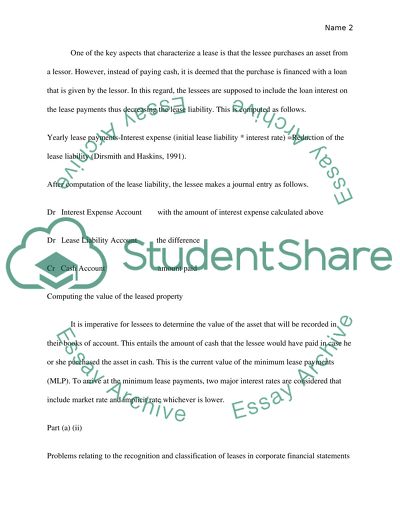Cite this document
(“Accounting for Leases and Accounting for Provisions Assignment”, n.d.)
Retrieved from https://studentshare.org/finance-accounting/1394520-accounting-for-leases-and-accounting-for
Retrieved from https://studentshare.org/finance-accounting/1394520-accounting-for-leases-and-accounting-for
(Accounting for Leases and Accounting for Provisions Assignment)
https://studentshare.org/finance-accounting/1394520-accounting-for-leases-and-accounting-for.
https://studentshare.org/finance-accounting/1394520-accounting-for-leases-and-accounting-for.
“Accounting for Leases and Accounting for Provisions Assignment”, n.d. https://studentshare.org/finance-accounting/1394520-accounting-for-leases-and-accounting-for.


